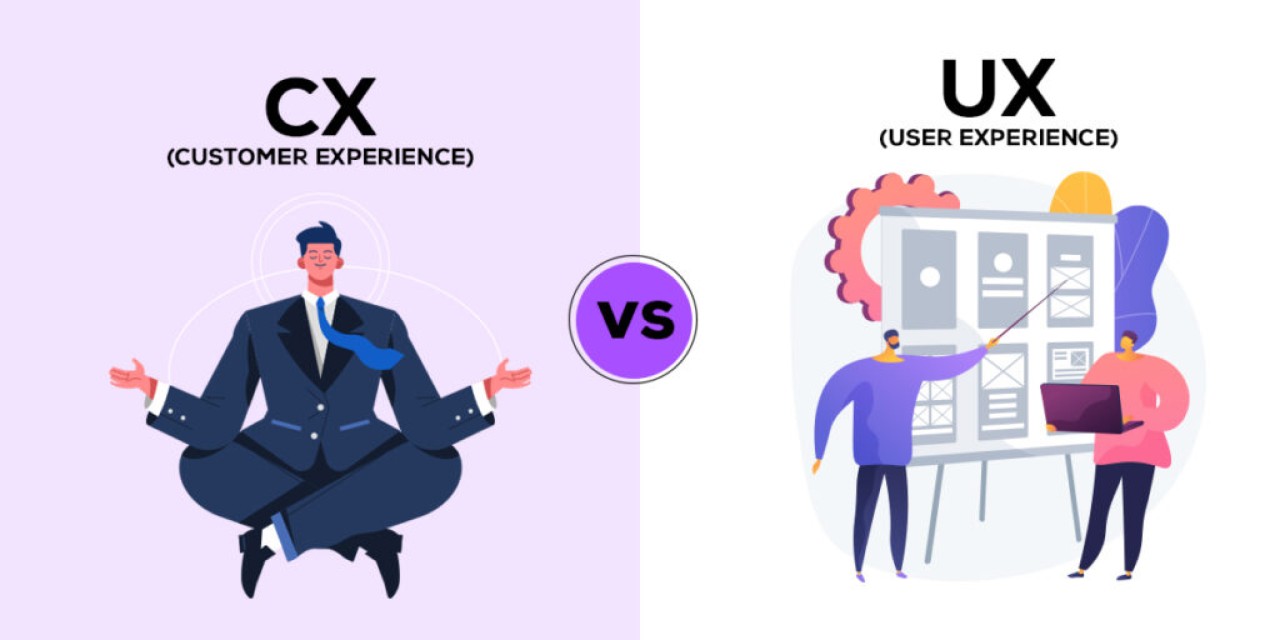Introduction
In the realm of digital experiences, where user interfaces and customer interactions dominate, the concept of Emotional UX (User Experience) and CX (Customer Experience) has emerged as a powerful tool for businesses to forge deep and lasting connections with their audience. While functionality and usability remain crucial elements, the ability to evoke and cater to users’ emotions can significantly elevate the overall experience, leading to increased loyalty, engagement, and advocacy. In this article, we delve into the significance of emotional UX and CX and explore strategies for harnessing its power to create memorable customer journeys.
Understanding Emotional UX and CX
Emotional UX and CX revolve around the idea that human emotions play a fundamental role in shaping perceptions and behaviors. Unlike traditional UX/UI design approaches that primarily focus on usability and functionality, emotional UX and CX delve into the realm of feelings, aiming to create experiences that resonate on an emotional level.
Emotional UX pertains to the emotional responses evoked by digital interfaces, such as websites, applications, or products. It encompasses factors like aesthetics, tone of voice, interactive elements, and overall design that contribute to users’ emotional engagement.
On the other hand, Emotional CX deals with the emotional journey of the customer across various touchpoints with a brand. It encompasses every interaction, from browsing a website to contacting customer support, aiming to create positive emotional connections at each stage of the customer journey.
The Significance of Emotional UX and CX
- Enhanced Engagement and Loyalty: When users feel emotionally connected to a product or brand, they are more likely to engage with it regularly and remain loyal over time. Emotional resonance fosters a sense of belonging and attachment, leading to increased customer retention and lifetime value.
- Differentiation in a Competitive Landscape: In today’s saturated market, where products and services often offer similar features and functionalities, emotional UX and CX serve as a potent differentiator. Brands that prioritize emotional engagement stand out by creating memorable experiences that go beyond mere transactions.
- Positive Brand Perception and Advocacy: Emotionally satisfying experiences leave a lasting impression on customers, shaping their perception of the brand. Satisfied customers are not only likely to become repeat buyers but also enthusiastic advocates who recommend the brand to others, thereby fueling organic growth.
- Increased Conversion Rates: Emotions influence decision-making processes, including purchase decisions. By appealing to users’ emotions, businesses can create persuasive experiences that drive conversions more effectively than purely rational appeals.
Strategies for Harnessing Emotional UX and CX
- Know Your Audience: Understanding your target audience is paramount for crafting emotionally resonant experiences. Conduct thorough research to identify their preferences, pain points, and emotional triggers. Persona development and user journey mapping can provide valuable insights into the emotional needs of different user segments.
- Create Empathetic Designs: Design interfaces that empathize with users’ emotions and make them feel understood and valued. Use language, imagery, and design elements that reflect empathy and compassion, fostering a sense of connection and trust.
- Evoke Positive Emotions: Aim to evoke positive emotions such as joy, excitement, or nostalgia through your digital experiences. Utilize color psychology, animations, storytelling, and personalized content to create uplifting and memorable interactions.
- Prioritize Emotional Touchpoints: Identify key touchpoints along the customer journey where emotional engagement can make a significant impact. Whether it’s the onboarding process, checkout experience, or post-purchase support, prioritize these touchpoints and optimize them for emotional resonance.
- Solicit and Act on Feedback: Encourage customers to share their feedback and emotions about their experiences with your brand. Listen attentively to their concerns, suggestions, and praise, and take proactive steps to address them. Demonstrating responsiveness and genuine care enhances emotional connections with customers.
- Consistency Across Channels: Ensure consistency in tone, branding, and emotional messaging across all channels and touchpoints. Whether customers interact with your brand through your website, social media, mobile app, or in-person, they should encounter a cohesive and emotionally compelling experience.
- Measure and Iterate: Implement metrics to gauge the emotional impact of your UX and CX efforts, such as Net Promoter Score (NPS), Customer Satisfaction (CSAT), or Emotional Engagement Metrics. Continuously monitor these metrics and use the insights gained to refine and iterate your emotional strategies.
Conclusion
In an increasingly digital and competitive landscape, the power of Emotional UX and CX cannot be overstated. By appealing to users’ emotions and creating memorable experiences that resonate deeply, businesses can forge stronger connections with their audience, drive loyalty and advocacy, and ultimately differentiate themselves in the market. By prioritizing empathy, emotional resonance, and continuous improvement, brands can unlock the full potential of Emotional UX and CX to delight customers and achieve sustainable growth.

